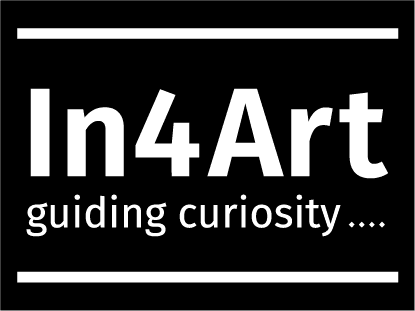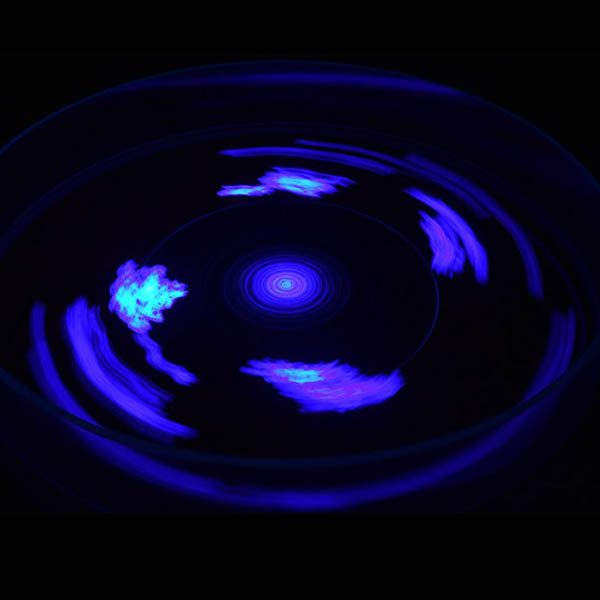
Publications
As part of our research, we occasionally write about our findings and experiences. We do this through articles, essays and publishing white papers. This can be self-initiated or requested publications by others or affiliated projects. In our articles, we translate the surprising outcomes of our experiments and those of other art-driven innovation experiments into proposals for change. In our essays, we reflect on the themes and topics we explore or others explore through artistic experiments. In our white papers, we share practical tools and guidance on the art-driven innovation method and contribute to how it is practiced throughout Europe.



Publications
As part of our research, we occasionally write about our findings and experiences. We do this through articles, essays and publishing white papers. In our articles, we translate the surprising outcomes of our experiments and those of other art-driven innovation experiments into proposals for change. In our essays, we reflect on the themes and topics we explore or others explore through artistic experiments. In our white papers, we share practical tools and guidance on the art-driven innovation method and contribute on how it is being practiced throughout Europe.
White Papers
PESETABS
PESETABS is a diffusion model to analyse the outcomes of art-driven experiments, and diffuses the responsible innovation value that resides within them. Through a structured approach, it explores eight directions for spill-over potential, where future impact can be created, and matches them to an ambition. The directions include policy, ecology, society, economy, technology, art, business, and science.
ART-DRIVEN INNOVATION METHOD
At In4Art, we have developed a novel approach to the challenge of responsible innovation – one which finds synergy between the R&D value of experimenting with new materials, technologies, and structures, and the propensity of artists to conduct such experimentation in their own work. Art-Driven Innovation is our database-driven methodology for identifying promising ideas at the intersection of art & technology and then applying those ideas as drivers of ethical, inclusive, and equitable innovation.
TOOLKIT
STARTS is a European Commission initiative that aims to integrate artistic players into non-artistic domains in mutually beneficial ways. We were the lead author of the STARTS collaboration toolkit: a practical resource to support researchers, technology experts, companies, and the artists themselves in such endeavours. The toolkit helps them to find common ground, clearly identify goals, and eventually to plan and execute successful collaborative projects.
Essays
Witteveen+Bos Art+Technology Award 2019 publication
The 2019 Witteveen+Bos Art+Technology Award was awarded to the artist duo Evelina Domnitch and Dmitry Gelfand, whose artworks variously combine physics, chemistry, computer science, and philosophy. To mark the occasion, In4Art was asked by engineering and consulting firm Witteveen+Bos to write an essay to accompany a book of the duo’s work on the occasion of winning the prize.
EAE CHAPTER
Experiments in Art and Economics is a short-term Residency Program by In4Art and ZKM | Karlsruhe. How does society become more distributive, and regenerative? What can we do to respect the ecological boundaries? How shall our perception of value be changed, and how new types of entrepreneurship, based on new forms of collaboration, will become possible? How to reshape the way we think about the economy in order to open space for new ideas?
Image: Studio Lennarts & De Bruijn (SL&DB). Cover of “Toekomst van het lichaam“, by Robin Bergman.
REVEAL INNER BEAUTY ON THE OUTSIDE OF YOUR BODY
To contribute to the STT 99 Publication: Exploration of the Future of the Body, In4Art was asked to write a guest essay reflecting on body enhancement, aging and particular identity based on our research within Prosthetic X. We elaborate our vision on new beauty ideals and what implications and questions the use of bio-prosthetics as identity enhancement might have.
Articles
WAYS OF SEEING :
We need different ways of seeing how an artistic perspective benefits an innovation process and addresses the challenges of today’s society. To explore in which directions an artistic work can be accelerated, we follow these type of articles a ways of seeing approach. You can recognize them for the following structure: > a statement > a challenge > multiple ways of seeing.
Statement 1: Micro rewilding with Lichen is a promising strategy to develop resilient cities
How might we learn to live with nature in our cities? Where can we find ways to collaborate with nature in the development of prosperous future cities? Australian artist Penelope Cain responded to these questions with a vision to explore the idea of micro rewilding cities with lichen.
Regulate internet use like the donor register: make economical settings standard and push for digital etiquettes.
This article makes an argument to work on Digital Etiquette and find regulative support to make green choices by default as part of the E-missions project. It was originally written in Dutch and was published as an opinion article in NRC on 28-02-2023.
Statement 2: Trees can be the living archives of collective memories, offering people a place to root
How might we learn to live with nature in our cities? Where can we find ways to collaborate with nature in the development of prosperous future cities? Artist duo Grow Your Own Cloud (GYOC) responded to these questions with a vision to explore the idea of data storage within the DNA of trees within the city, creating a biological cloud facility.













